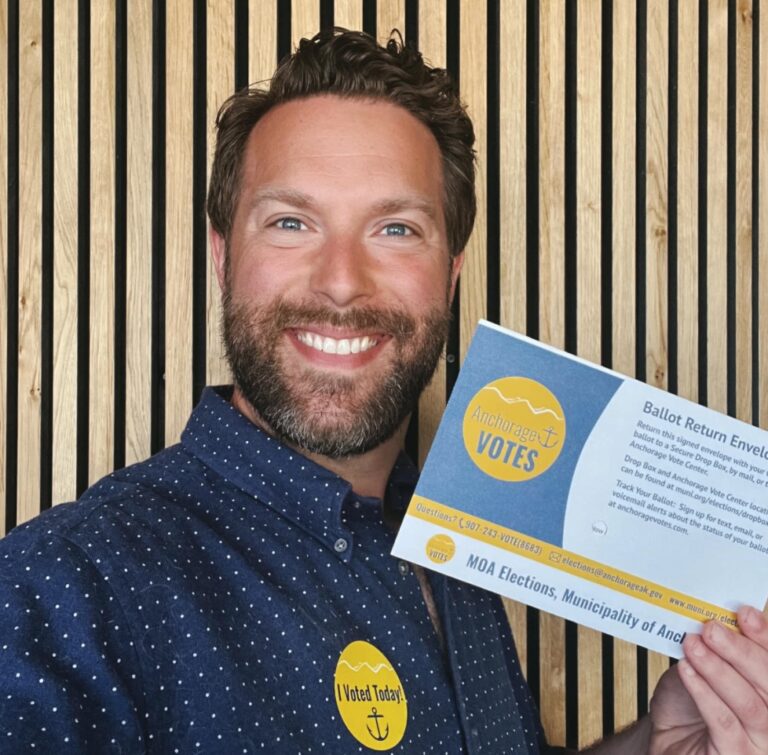Alaska currently leads the nation in U.S. District Court judge vacancies, with two of its three judgeships unfilled and being temporarily covered by out-of-district judges.
The lone sitting judge, District Court Judge Sharon Gleason, has served for over 20 years and is now eligible to transition into senior judge status, a form of semi-retirement, allowing older judges to take on a reduced workload.
As a result of these vacancies, President Donald Trump is expected to nominate at many as three federal judges for Alaska during his current term in office. The president has not yet put forward any nominations for any of the nearly 40 district court vacancies across the country.
Typically, the nomination process for federal judges includes a procedure known as the “blue slip,” in which U.S. senators from the relevant state recommend candidates to the president. In Alaska, US Sen. Dan Sullivan established the Alaska Federal Judiciary Council in 2023 to assist in identifying and vetting candidates for the vacant judgeships and assist him in the blue-slip process.
Applicants were required to complete a questionnaire available on Sen. Sullivan’s website by Jan. 31, and their applications are now under review by the AFJC, which consists of a diverse cross-section of legal and professional experts from Alaska.
“Federal judges have an extraordinary level of responsibility in our constitutional system of government, rendering decisions with far-reaching implications for our economy, land and resources, and public safety,” said Sen. Sullivan. “We have an abundance of well-qualified individuals in Alaska with strong credentials and character who would make an outstanding federal judge. I want to invite interested Alaskans with a heart for public service to put their names forward.”
Sources indicate that a large number of applicants applied for the positions. Traditionally, the recommendations of senators carry significant weight in the nomination process, given the Senate’s constitutional role in providing “advice and consent” for judicial appointments.
Sullivan’s council is not unique. Several other states, including Hawaii, Texas, and Illinois, have used similar councils to vet candidates before submitting recommendations to the White House. This process ensures that nominees have the necessary qualifications and experience to serve effectively in a federal judicial capacity.
Because Sullivan has a good relationship with Trump, his blue-slip recommendations are likely to be favorably received. Sen. Lisa Murkowski has not supported the judicial council that Sullivan created, and prefers to take nominations from her Alaska Bar Association allies. It’s doubtful her nominees would be favorably considered by the president, since she has attacked him relentlessly, both in his first term and recently with increased venom.
While Alaska awaits permanent appointments, two out-of-district judges are currently handling cases to maintain the functionality of the judicial system. These temporary judges, appointed by the Ninth Circuit Court of Appeals, illustrate the urgency of filling the vacancies, as federal courts play a critical role in justice and whether the Alaska economy can be allowed to flourish.
Judge Tim Burgess, who was nominated by President George W. Bush in 2005, achieved senior status in 2021. He now takes on a reduced workload but still serves.
With Burgess taking senior status, Judge Sharon Gleason has been the chief judge since Jan. 1, 2022. She was appointed by President Barack Obama in 2012. As chief judge, she can appoint herself to cases important to her, or assign them to the other judges.
Former Judge Joshua Kindred, appointed by Trump in 2019, served on the court from 2020 to 2024, resigning after being accused of sexual misconduct.
In the coming weeks, the council is expected to forward its recommendations to Sullivan, who will pass them along to Trump, who will finalize his nominations. Then the confirmation process moves to the Senate, where nominees will undergo hearings and be subject to a vote before officially assuming their roles in Alaska’s federal judiciary.









